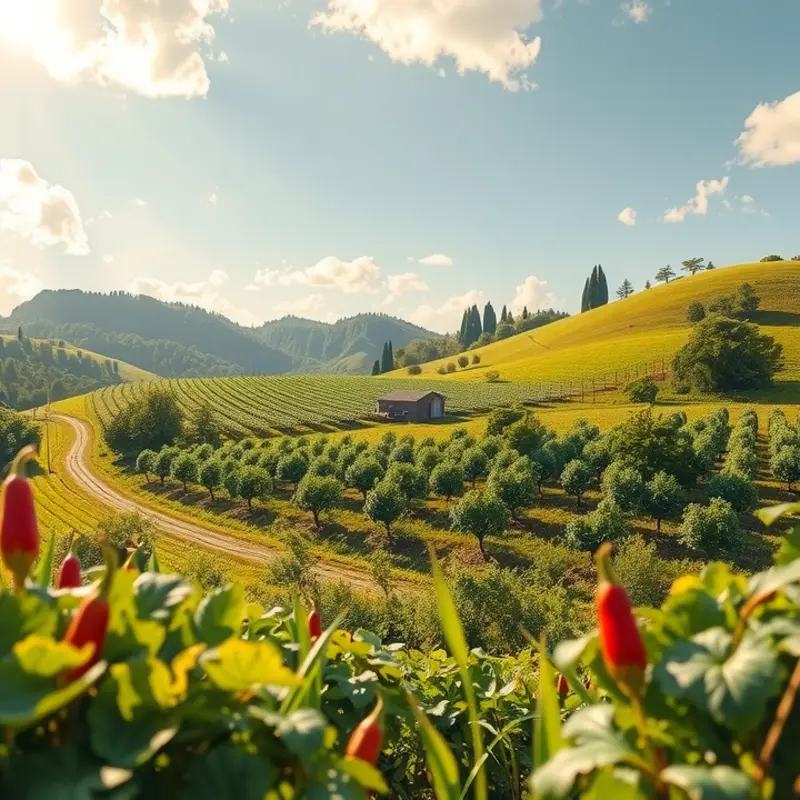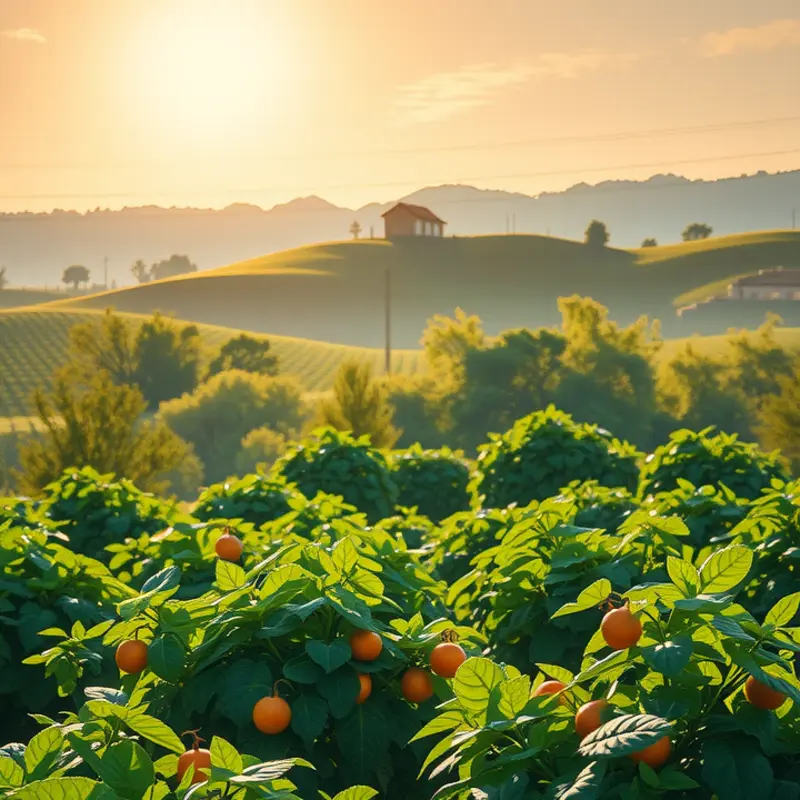In the pursuit of colorful and inviting dishes, home cooks often turn to artificial food colorings. However, many prefer natural alternatives for health and environmental reasons. Fortunately, nature provides an array of vibrant options that not only enhance aesthetics but also contribute nutritional benefits. With a little creativity, you can utilize whole fruits, vegetables, and spices as stunning colorants in your culinary endeavors.
The Palette of Nature: Fruits and Vegetables

The vibrant world of fruits and vegetables offers a spectrum of colors that can naturally transform your dishes. By tapping into these natural palettes, you can enhance the visual appeal of your meals without the need for synthetic additives. Let’s explore how to harness these vibrant hues and apply them effectively in your kitchen.
Beetroot for Reds and Pinks
Beetroot provides an impressive depth of red perfect for dessert toppings and sauces. To extract its vibrant color, grate the beetroot and simmer it gently in water. Filter the liquid through a fine sieve or cheesecloth, and you’ll have a concentrated dye. Beet juice can also be used as a primary ingredient in smoothies, blending its rich color with its earthy flavor.
Turmeric for Bright Yellows
Turmeric is a fantastic spice known for both its health benefits and its bright yellow tint. When using turmeric, remember that a little goes a long way. To use it as a coloring agent, dissolve a teaspoon of turmeric powder in warm water. This infusion works particularly well with rice dishes and curries, infusing your meals with both color and a subtle flavor boost.
Spinach for Greens
Spinach is your go-to for natural green hues. You’ll need to blanch fresh spinach leaves in boiling water, then quickly cool them in ice water. Once cooled, blend the leaves with a small amount of water until smooth. Strain through a sieve to separate the liquid. The resulting green juice is perfect for coloring pasta and pesto.
Purple Cabbage for Blues and Purples
Purple cabbage can be a surprising source of blue, especially when its pH is adjusted. To prepare, simmer the cabbage in water until the liquid turns a deep purple. By adding a small amount of baking soda, you can shift the hue towards blue. Use this dye in frostings for a striking effect. Alternatively, the purple hue can naturally complement sauces and toppings.
Carrot for Orange
Carrots give a warm touch of orange, which is ideal for bakery items, soups, or salads. Simply juice fresh carrots, or lightly blend and strain them if you lack a juicer. The vivid orange juice can be mixed directly with frosting or incorporated into cakes for a delightful burst of color.
For sustainable practices that involve food, consider integrating strategies from eco-smart kitchen storage. This approach not only infuses meals with color but encourages resourceful cooking practices.
By experimenting with these natural ingredients, you can create a palette of color that is not only pleasing to the eye but also beneficial to your health. Embrace the vibrancy of nature’s offerings as you color your culinary creations.
Spices and Herbs: Flavorful Color Boosters

The magic of spices and herbs goes beyond just transforming the taste of your dishes. They bring a visual feast to the table, enhancing your creations with vibrant hues. Let’s delve into some of these natural gems, which not only add color but also tantalize the taste buds and boost health.
Paprika, with its vivid red hue, is derived from dried peppers. It’s a staple in many cuisines and can be used to color soups, stews, and even baked goods. Not only does paprika offer a pop of color, but it also imparts a sweet, smoky flavor depending on its type. Rich in antioxidants, this spice supports healthy vision and helps reduce inflammation.
Another extraordinary color booster is spirulina, a captivating blue-green algae. Available mostly in powder form, spirulina is perfect for smoothies, dressings, and dessert mixes. It’s packed with proteins, vital minerals, and vitamins. Its antioxidant properties are well-known for supporting immune functions and enhancing energy levels, making it not just a colorful addition but a superfood.
Matcha, the celebrated green tea powder, offers a brilliant green tint to dishes. It’s traditionally used in beverages and desserts, yet its uses span beyond those. Add a pinch to your pancake batter or sprinkle over rice dishes for a wholesome add-on. Matcha is renowned for its high concentration of catechins, which are linked to cancer-fighting properties, and it also promotes calm alertness due to its amino acid, L-theanine.
For a touch of sunny brightness, turn to turmeric. Its golden yellow pigment is derived from the curcuma plant and is commonly used in curries. But its applications are versatile. Bake it into bread or whisk it into sauces. It’s famed for curcumin, a compound believed to lower the risk of heart disease and to have potent anti-inflammatory effects.
Saffron, though expensive, provides a luxurious gold-red color to both savory and sweet dishes. It yields a pleasant aroma and a hint of bitterness that pairs beautifully with rice dishes or pastries. Saffron’s active compounds, crocin and safranal, are recognized for their mood-boosting and antioxidant properties.
For those curious about utilizing these natural colorants while keeping flavors intact, consider starting with small quantities and exploring combinations. Talleries of vibrant spices or herbs can result in an unexpected interplay of hues and flavors, elevating your culinary creations.
Incorporating such ingredients aligns with sustainable, eco-friendly eating practices, ensuring your food is free from artificial additives and toxins. For additional spice usage tips and alternatives to common ingredients without sacrificing flavor, you might find this guide helpful.
By turning to your spice rack, you’re not only embracing natural colorants but adding depth to your dishes while nourishing your body. This approach celebrates both the aesthetic and the essence of food, crafting a culinary experience that is as visually appealing as it is healthful.
Final words
Transitioning to natural food coloring alternatives not only enhances the vibrancy of your dishes but also aligns with a healthier, more sustainable approach to cooking. By incorporating fruits, vegetables, and spices, home cooks can create stunning visual effects without relying on artificial additives. With a little experimentation, your meals can be both colorful and nutritious, making them perfect for any occasion. Embrace the colors of nature, and enjoy the added benefits they bring to your culinary creations.







